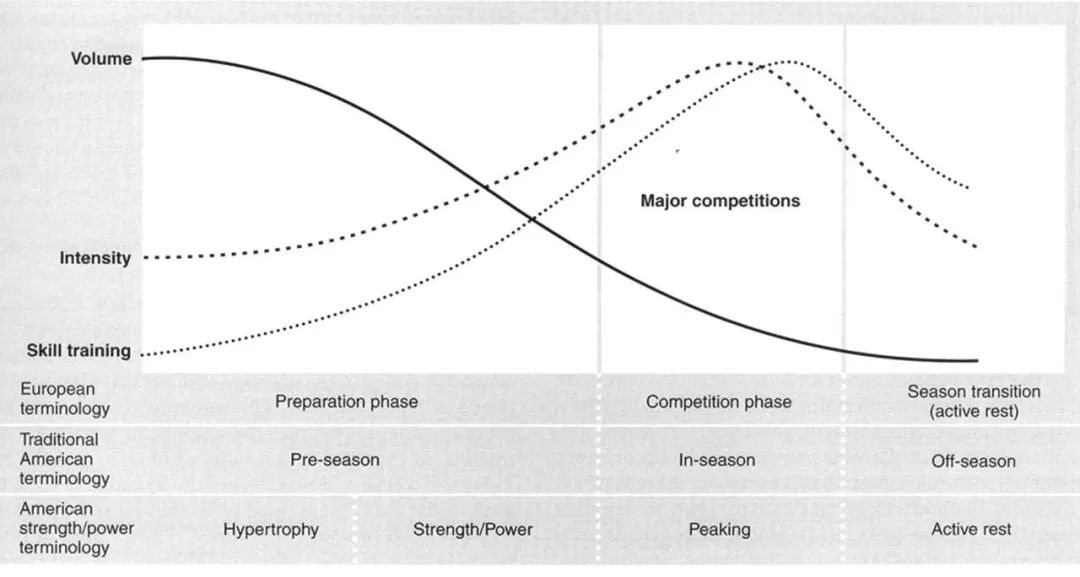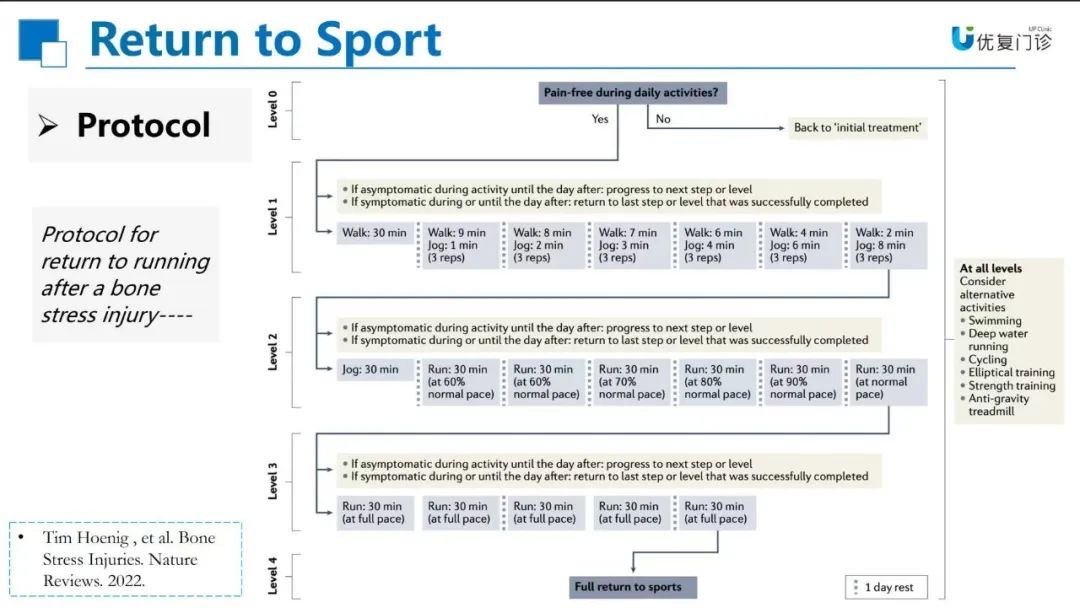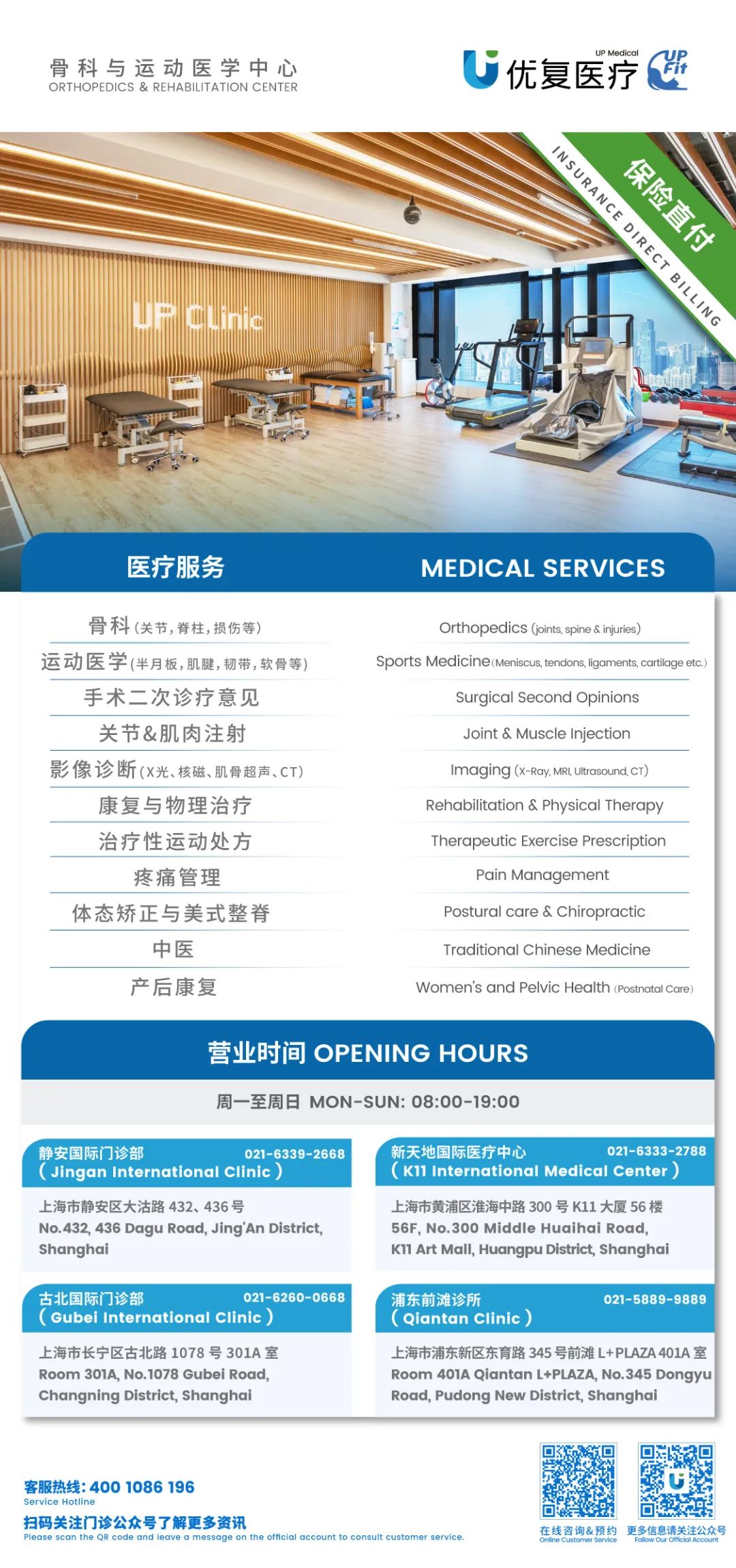Which low-impact exercise is right for you?


If you are starting a fitness routine, managing a chronic condition, coming back from a post-operative procedure, or just looking for balance in your regular training, you might be considering low-impact exercises.


What are low-impact exercises?
Low-impact exercise refers to physical activity that avoids excessive strain on the joints – things like walking, swimming, cycling, pilates, etc. The focus is placed on gentle, controlled motions, as well as, possibly using supportive tools like water or equipment to reduce pressure on muscles and bones. Low-impact exercises are a safe way to build strength, improve cardiovascular health and support mobility. In fact, many of the exercises your physical therapist prescribes would be considered low-impact!

The benefits of low-impact exercises include:
-
– Reducing muscle stiffness
-
– Supporting recovery after injury or illness
-
– Improving circulation and heart heath
-
– Supporting joint health and mobility
-
– Improving balance and coordination
-
– Aiding with chronic pain management
Volume and Duration over Intensity
When ramping up modalities such as endurance or strength-based training it’s important to steadily increase both volume and duration, versus going too hard too fast. This is what’s known as periodization, or the deliberate manipulation of training variables to optimize performance for competition, prevent overtraining, and progress performance. Variable adjustments in duration, load or volume or typically planned out over a specific period of time.
For example, if someone’s goal is to run a 5km for the first time or after taking a long break, it is worth walking the full distance or starting with a run-walk option to build the foundation instead of trying to run all of it during the early training days. Periodization can be applied to low-impact training programs to make sure one builds up their training program safely and steadily, especially if coming back after injury or a long break.
Recommended Low-Impact Exercises
Walking
Going for walks in your neighborhood or on the treadmill can be simple, effective ways to stay active. It’s also a great way to support cardiovascular health, as well as bone health which can reduce the risk of conditions like osteoporosis.

Indoor Cycling
A stationary bike can be a joint-friendly way to get low-impact exercise in, and also support cardiovascular health. Using a stationary bike builds strength and stamina without repetitive impact, like in running.
Bands!
A favorite at UP – if you have ever been to one of our clinics, you’ll know that we take our bands work seriously. Resistance bands are lightweight and easy to pack, making them a great tool for both at home or while traveling. They’re incredibly useful for building strength and improving flexibility without adding additional stress to the joints.
Check out our Endurance Band Video for some ideas on how to use them on your own!

Pilates
Pilates works to strengthen stabilizing muscles and is a great option especially for those recovering from injury, as well as preventing injury. A main focus is core strength, small muscle groups and overall body awareness as well as mindful movement, balance and controlled breathing.
Swimming, water walking or water aerobics
Water offers natural resistance while simultaneously reducing impact on joints. Something as simple as walking in a pool can be effective, but if you’re looking for more, water aerobics or swimming can help to build strength and endurance. Especially in the summer – the pool is a refreshing way to get in some low-impact training.
Check out our article on different exercises for water aerobics.

Low-impact movement has numerous benefits and is an excellent way to compliment ones fitness routine. Our team at UP can also work to put together a specific routine for you to do at home that focuses on your specific needs, from targeted muscle groups to intensity level. Schedule an appointment today to create the program that is right for you!

本篇文章来源于微信公众号: 上海优复康复医学门诊部

